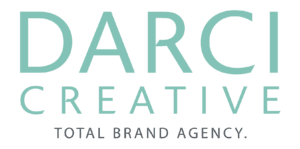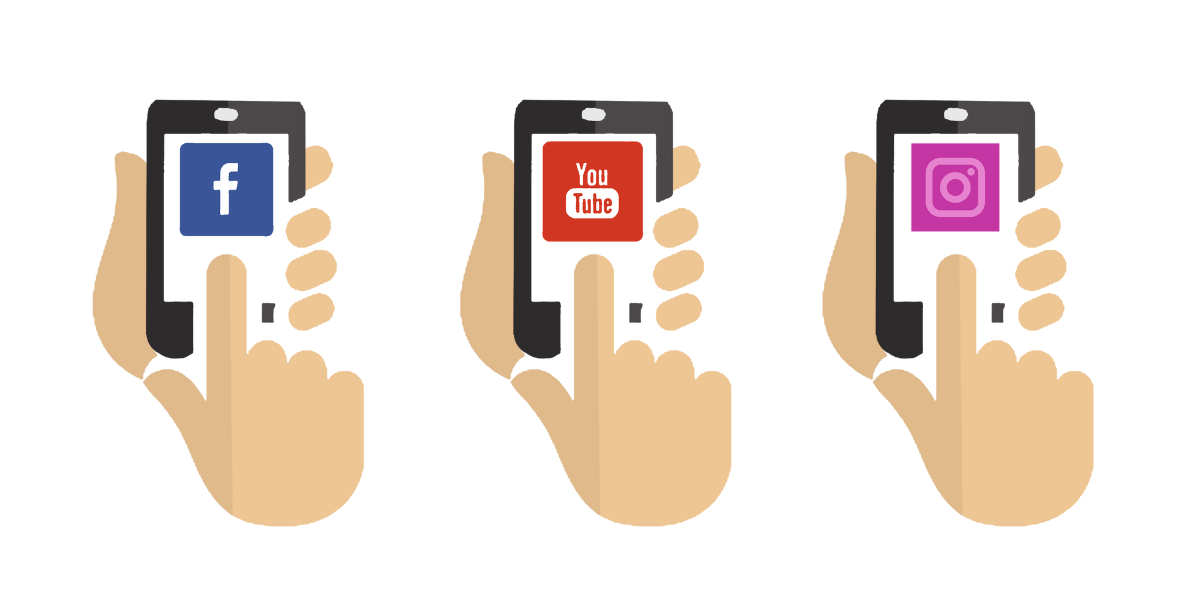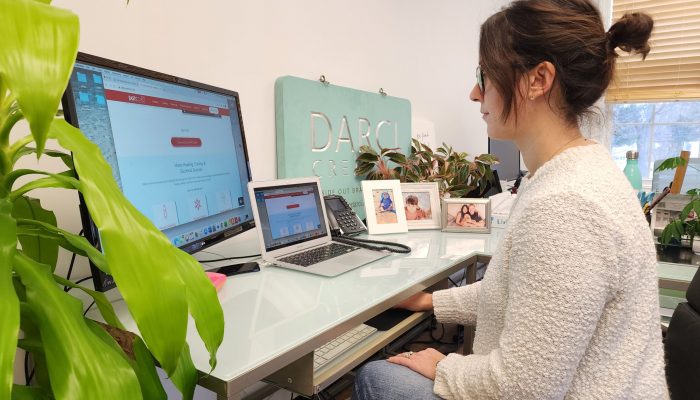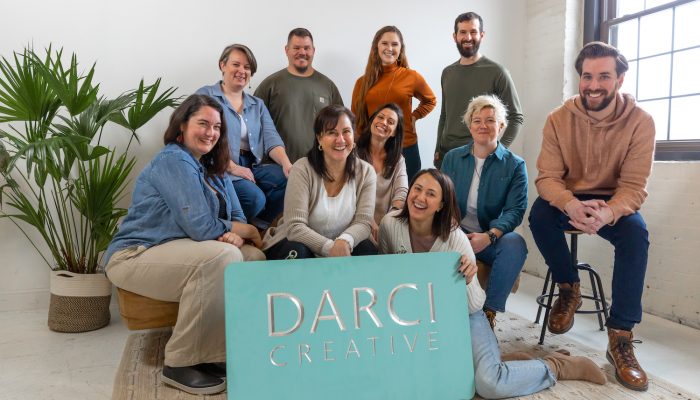With upwards of 72% of Americans using social media, it’s never been more important for businesses big and small to be present on social media WITH a strong content strategy. Posting the same content on every channel just doesn’t cut it anymore.
Even if your business already has a social media presence, without that strategy which includes well-defined goals, a clear brand identity and visual style, and data collection to learn what is and isn’t working for you, you’ll likely waste precious time that doesn’t translate into brand growth or sales.
Social media, when used effectively, will establish your brand identity with your audience, build customer loyalty, increase website traffic to drive sales / leads, and help with staff recruitment. Your business type (B2B, B2C or B2B2C), your company goals (awareness, revenue, recruitment) and your ideal audience all play into choosing the best social media platforms for your company.
Any successful plan begins with research – there’s no one-size-fits-all solution – no matter what those social media “gurus” are telling you. It’s important to be able to connect your business objectives with your marketing tactics, including social media, and create a plan to ensure they’re going to work for you.
So, where does your business belong? Should you be posting on Facebook, Instagram, TikTok, YouTube, LinkedIn, Twitter, and Pinterest? Probably not all of them. Here’s a brief rundown of social media platforms and their uses to give you a better understanding of where your business fits.
Globally, the platform with the largest audience (nearly 3 billion active users), spanning age groups from Millennials to Boomers. The ability to reach an audience organically has diminished in recent years as paid advertising has taken over, however, Facebook is still the best place to connect with your community (be that geographically or by shared interests) on a local level. If your business is niche or relies on members of the community for both staffing and sales, then Facebook may be the platform to help you to reach the people who will make a difference in your bottom line.
With over 1 billion active monthly users, Instagram is an image and video-driven platform with a younger audience than Facebook, with a majority between the ages of 13-34. The site still supports organic growth, although its algorithm is ever-changing and, in an effort to compete with TikTok the format has been prioritizing video (Reels) over static posts or stories in the last year. Though recently, Instagram’s CEO said they took that too far in 2022 and will work to balance things out in 2023, pushing photo posts back up in the algorithm.
TikTok
The platform has experienced the most rapid growth in the past few years, morphing from an app used primarily for short lip-synching videos to a social media powerhouse with over 1 billion monthly active users. It has the youngest audience in the social media landscape (average age 14-25) and has eclipsed YouTube as the primary source for “challenges” and viral videos, also getting a boost from celebrity endorsements. This is the platform we get the most questions about as an agency. “Should we be on TikTok?” and our answer always requires a deep dive into your business goals. TikTok’s ability to go viral is very enticing for business owners but depending your goals and how much time and budget you want devoted to your social media efforts this platform is not for everyone.
YouTube
YouTube is both a social platform (second only to Facebook for active users – over 2.5 billion worldwide) AND a search engine (the most popular after Google). The video content platform remains enormously popular, with every age demographic represented and Gen Z making up the largest share. The platform also competes with traditional TV and streaming services as a source of video entertainment. If your business is in the practice of teaching, you want to be known as an expert in your field, or you want to increase sales through video reviews, YouTube is a platform worth considering. Though much like TikTok, this platform requires an increased investment in time and potentially money if you are looking to have an agency assist with the creation and management of videos needed to make your businesses’ efforts on this platform worthwhile.
This business-focused platform differs from the others in terms of the types of content shared, and is used primarily for recruitment, to build professional relationships, and to share industry-specific articles. The largest professional network in the world, LinkedIn has over 800 million members, 60% of whom are Millennials. LinkedIn posts tend to have a professional tone, and be more informative, and less whimsical or “fun” than some of the other platforms and as of late has seen trends supporting longer, blog style posts that highlight the poster’s expertise and experience
Notwithstanding the recent tumult at the company, Twitter still reaches 238 million active daily users, and its purpose remains consistent: as a forum for concise and engaging written content, sometimes posted in combination with GIFs, photos, and more recently, video. The Tweet stream moves fast, so using this platform requires a commitment to frequent posting. Twitter is still the platform most used by media outlets, so if PR is an important piece of your advertising strategy, a presence on Twitter is highly suggested.
A search engine and social platform for visual content, users come to Pinterest for niche-specific inspiration and creating collage-style boards of images or videos they want to save or share. Ideally suited to “lifestyle” brands (home decor, fitness and beauty, cooking, and travel), businesses use this social network to increase awareness, keep up with trends, and drive sales through linked pins. Pinterest reaches a smaller audience than the other platforms, with 445 million active monthly users, but users tend to fall into a higher income demographic and are more likely to make purchases through the site. If you have an ecommerce business or one whose services are design-based, this platform is worth checking out.
Still not sure if you’re using the right platforms? That’s where we come in. Our role as an agency is to help you define your audience and use your business goals to determine the best marketing tactics to utilize, and deliver on an integrated marketing strategy that perfectly aligns with your brand, business goals, and intended audience, so we can create laser-targeted messaging that reaches not just the broadest audience, but the right audience.
